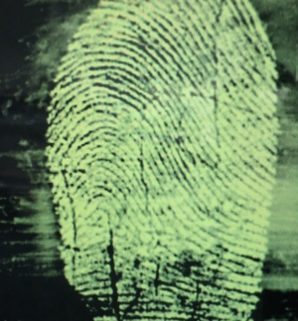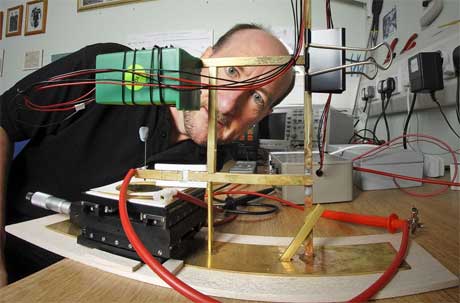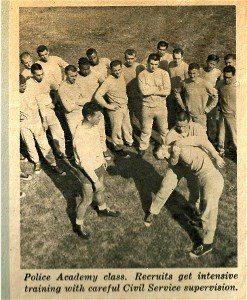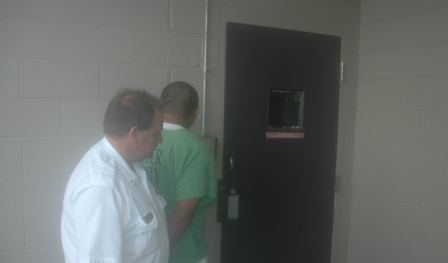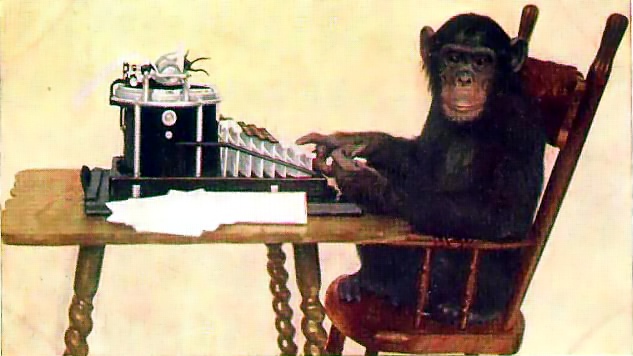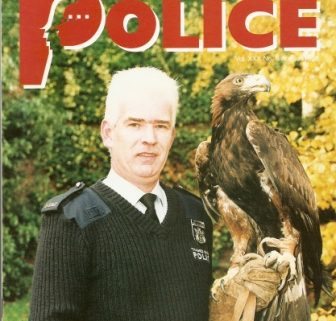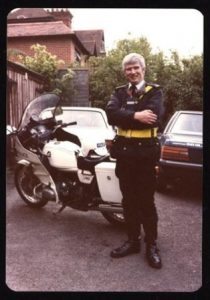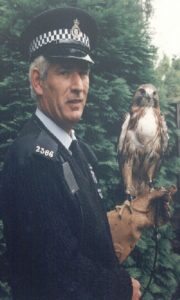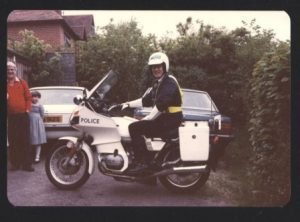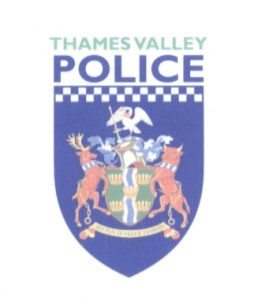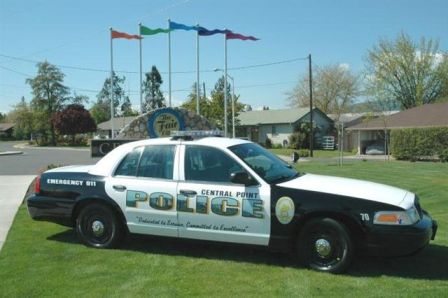Verna Dreisbach is a literary agent and an award winning published author who has been featured in books, literary journals, magazines, and newspapers. Currently, she is working on an anthology for Seal Press about women and their horses due for publication in spring 2010. Verna is the founder of Capitol City Young Writers, a national non-profit organization that supports and encourages creative writing in students, grades 6-12. She serves on the board of directors to author Deborah LeBlanc’s national organization to fight illiteracy, Literacy Inc, as well as the board to the International Academy of Design & Technology Liberal Arts Department in Sacramento, CA. Dreisbach Literary Management represents both fiction and non-fiction authors with a particular interest in books with a political, economic or social context. With over 13 years of law enforcement experience as a police officer, Verna also has a genuine interest and expertise in the genres of mystery, thriller and true crime.
And The Winner Is…
I would like to thank all of the writers for their contribution to Lee’s writing contest and for allowing me the opportunity to read and judge the entries. I admire the creativeness of the submissions and I had a wonderful time reading the stories. As a literary agent, I enjoy reading from a variety of different genres and styles of writing. This contest was no different. I did happen to come across two stories that appealed to me, both for different reasons and I had a difficult time choosing between the two. A dilemma since I had to choose a “winner.” In fiction writing, one person’s preference is not necessarily another’s and I understand the subjective nature of fiction. Because of this, and with the approval of Lee, there will be a tie for this month’s winner.
I chose Janet Irvin’s Killing is a Random Act for its descriptive and literary quality. A first sentence does not need to be amazing, but I felt that Janet did a particularly good job engaging the reader from the beginning. I felt a connection not only to the ax, but to the person holding the ax and I was compelled to read more. The descriptions were not overbearing, just enough to give a sense of place without disturbing the forward movement of the story. I could feel the handle of the ax in my hands, the scratchiness of the hat and the glare from the sun. The ending had a sense of comic irony. Engaging.
Jean Lauzier created a memorable character in Ante Up. Jean was able to balance narration, realistic dialogue and action without losing the story line and momentum. The first paragraph provides several clues to the officer’s personality such as his strolling gait and forced scowl. He’s apparently a seasoned officer by the manner in which he approaches a crime scene. I found him interesting in paragraph one and even more interesting by the end as he claims his debt from the dead man’s body. Entertaining.
I would encourage implementing exercises such as this 200 word writing contest regularly. Perfecting the art of storytelling in short exercises will only add to a writer’s expertise when writing longer pieces. Word choice is imperative in short fiction and the balance of dialogue, narration and gesture becomes an artistic quality. If a writer is not able to grasp the reader’s attention in the first 200 words, then the potential success of that story dwindles. Because of the sheer number of submissions a literary agent receives, they may not get past the first page, and sometimes the first paragraph. Yes, it’s true. I cannot stress enough the importance of an engaging beginning, albeit when browsing through a bookstore we are drawn to the cover, the color and graphics, the size of the book, the genre, etc. We are making a choice before we even look at the writing. We’ll read the back cover – are we enticed enough in that one paragraph to look at the first page? If so, we’ll read the first paragraph and make a decision as to whether or not we finish the first page. Most will not read any more than that before deciding whether or not to buy the book. It is not necessarily the literary agent or the book publisher who is considered the greatest critic, it is the reading public. Make sure that the reader is somehow connected with a person, a place or an event from the very beginning. Take the reader on a memorable journey and don’t let them off till the end!
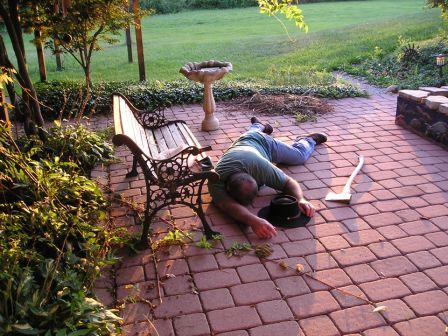
Killing Is A Random Act
by
Janet Irvin
It wasn’t the call of the ax, a sturdy family heirloom, although the oak handle felt good in his hands, firm and polished by the repetition of strokes. Good for firewood. Great for felling trees. Best for chopping down assumptions. It wasn’t the hat, although the felt brim scratched at his forehead even as it shaded his eyes from the glare off Grandpa’s bald pate and the shine of Mother’s glasses tilted on her still head. It was thirst that did him in.
In the orchard the trees provided relief, their leafy fretwork a counterpoint to the hard work of retribution going on at ground level. The soil, dark and loamy, yielded to the shovel and soaked up the blood. By the time he finished, his internal clock shouted lunchtime and Sheldon started for the house. Grandpa would be proud of his industry. Mother would compliment his diligence. In the garden, the noon heat beat at him. He tripped over a loose brick and fell, face first, still angry, still calling out, as he had earlier, for a drink. After all, isn’t a man entitled to a glass of water?
Ante Up
by
Jean Lauzier
I flashed my badge for the officer at the front door then strolled to the back yard and the body. Councilman John Reeves lay on the patio, an axe by his side, blood drying on the bricks. Footsteps approached from behind so I forced a scowl.
“Wife says she found him this way when she got home about thirty minutes ago. No sign of forced entry. Nothing missing from inside either.” The officer flipped a notepad page. “Doc Johnson says he’s been dead less than four hours.”
“She have any idea about the axe?”
“Not a clue. It belongs to them but she says it hasn’t been used in years. They get their firewood delivered now.” He put the axe in a large bag, sealed it. “He must have known his killer.”
I pulled off rubber gloves for the second time that morning, stuffed them in my jacket pocket. I’d been reluctant to attend that forensics seminar last month but it’d come in handy. I reached into my shirt pocket, felt the folded bills there. We’d miss John at the next poker game but that couldn’t be helped. He owed me and I always collect.
* Congratulations to each of the winners. If you two would please contact me via email I’ll get your prizes in the mail.
* * *
I’ve Been Tagged!
Now for the winner of the Weekend Road Trip contest. This one stemmed from my being tagged by author Linda Richards (Thanks a lot, Linda!). Anyway, I had to name 16 personal things about myself. I went a little further and added a few bonus facts, with one minor exception. One of the facts was a lie. The first person who pointed out the lie is the winner of another DVD of Crime 360s entire first season, courtesy of A&E Television. The network was kind enough to supply us with the DVDs that we’ve been tossing out as prizes.
Okay here goes:
1) I play several musical instruments – guitar, bass guitar, drums, trumpet, tuba, piano, and a few more.
True. I do play several instruments.
2) One of my favorite books of last year was Water For Elephants by Sara Gruen.
True. This ranks as one of my all-time favorite books. Do yourself a favor and read it. Sara’s a lovely person, too. She even wanted to post bail for the cute dog in the jail cell on one of last week’s topics.
4) I also write fiction. In fact, I just handed over a novel to my agent.
True – I’ve turned in a novel to my agent and he actually likes it!
5) I have a toy poodle that lays at my feet all day while I write. I honestly think I’m her soul mate. She cannot stand to be away from me for a second. I guess it’s because i rescued her after her former owner abandoned her on the street during a rainstorm.
True – We’ve had Pebbles since the day I rescued her after her former owner abandoned her at a bus stop during a rain storm. She rarely leaves my side. In fact, she was at my feet, sleeping, while I wrote most of Police Procedure and Investigation. She was my first listener.
6) I’m a grandfather.

True – My grandson’s picture can be found in my book. Shhh…that’s a secret.
7) I was in the high school band (1st chair, 1st trumpet) and on the football team at the same time. At half time I had to run to the locker room to change into a band uniform so I could march with the band. I did the same in reverse at the beginning of the game after we played The National Anthem.
True – I can’t begin to tell you what a pain in the butt this was, but I did it at every home game during my high school years.
8) I can write forward and backward at the same time, using both hands. I write backward with my left and forward with my right. Mirror images. Hey, I know I’m weird, but don’t judge. DaVinci wrote all his important notes backwards.
True – I’ve even demonstrated this at a few writers conferences as part of my presentation on kinesics.
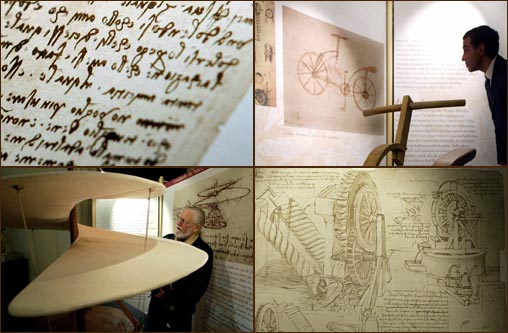
9) I have bench pressed over 400 lbs. Notice I said “have.” Those days are long gone, although I can still do 300lbs or so, once.
False – This one’s the fib. It’s close to the truth, but not quite. 400lbs was my goal, but I never reached it. My maximum bench press was 385lbs during an over 40 bench pressing competition. I won with the weight, but never hit the 400 mark. I can still bench over 300 lbs. And that’s all at once, Dave Swords.
Sarah Grimm was the first person to point out the lie, so she’s the winner. Please email me, Sarah, and I’ll get your prize on its way.
10) My relative, Dr. John Lofland, the first poet laureate of Delaware, was a good friend of Edgar A. Poe.
In fact, Lofland and Poe once entered into a contest to see who could write the greatest number of verses. Lofland won and Poe had to buy dinner and drinks for his friend. I’ve always said that’s proof that a Lofland won the first Edgar Award.
True
11) My first after school job during high school was as an assistant to an appliance repairman. I earned $1.65 an hour for working on washers, dryers, and refrigerators. I was hired as an electrician for the county soon after (I took college courses at night). My salary jumped to a whopping $4.00 an hour. I was elated.
True
12) I’ve played guitar and drums in several bands over the years. I’ve actually played with some pretty famous folks, too. One of my guitar mentors learned to play from Joe Satriani, so I like to think of myself as a third generation Satriani. Yeah, right… I wish.

True
12) I met Tony Lindsay, the lead singer for Santana, several years ago. He, Eddie Money, and Greg Kihn were the inspiration for a single character in one of my works-in-progress.

13) I’ve performed CPR on two people.
True – One was a drug addict who had overdosed. He lived, but OD’d again a few weeks later and died. The second time was on my stepfather. He lived for a few weeks, but eventually passed away.
14) I suffered from a severe case of PTSD for several years after being involved in a shootout where I shot and killed a bank robber. PTSD happens to people other than soldiers.
True
15) I have a tattoo of Mickey Mouse.
True – I got the tattoo when I was working undercover narcotics.
16) The first concert I ever attended was a Three Dog Night concert in Richmond, Va. Tickets were $3.00 each. The last concert I attended was Cher’s Farewell Tour in San Jose, Ca. Tickets were $100.00.
True – The Cher concert was one of the best I’ve ever seen.
* Bonus facts for all the tags I’ve missed in the past.
– My first car was a 1964 Rambler that used more oil and water than gas.
True, and I drove that car to the Three Dog night concert, stopping every few miles to add water and oil.
– I was a high jumper on my high school track team. I also ran the mile.
True – I couldn’t do either now, but when I taught at the police academy I ran 5 -10 miles every day.
– I cannot sing. Seriously, I couldn’t carry a tune if it had handles on it.
True – I cannot sing a single note on key.
– I have been stabbed, cut, and shot at…more than once.
True – And I have the scars to prove it.
– I DO NOT like living in the Boston area.
True, true, and TRUE. I hate snow and cold.
– I graduated from the police academy with a 99.56 GPA. I was third in a class filled with egghead cops. I also was named top shooter in the police academy. My average score was 99%.
True
– I used to have really long hair, and it was blond until I cut it.
Weird, but true. We have the photos.
Thanks to everyone who participated. it was fun.! Thanks again to literary agent Verna Dreisbach.
Lets all get together and do this again someday.












